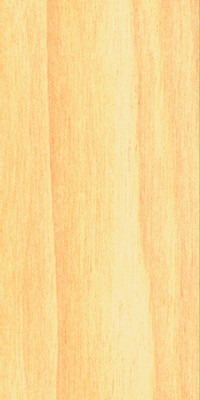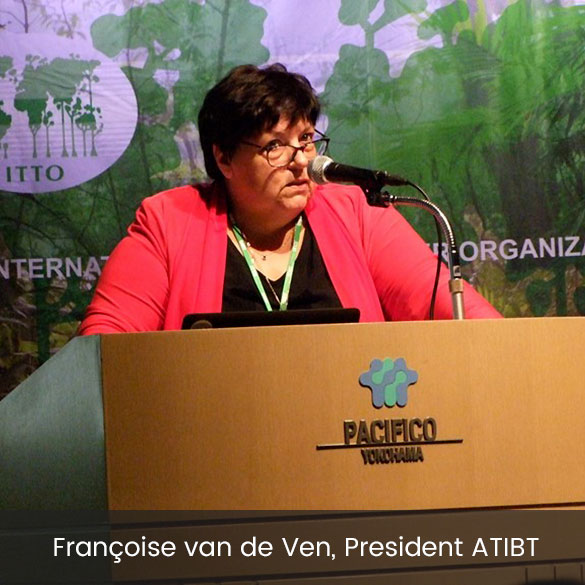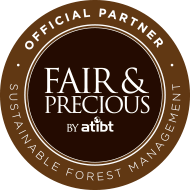

Aniégré is a large tree from the forests of West, Central and East Africa. The wood is creamy white to pale pink brown. It is an exotic wood with low durability, popular for sliced veneer in interior joinery as well as for plywood.

Aningeria altissima, Aningeria robusta, Aningeria superba, Gambeyobotrys gigantea
Family: SAPOTACEAE (angiosperme)
Commercial restrictions: no commercial restriction
Aniégré is a large tree that can reach 40 m in height and 1 m in diameter. Its trunk has winged buttresses and is covered with a grayish bark. Its edge exudes white latex.
The tropical timber aniégré is very popular for sliced veneer, as well as for cabinet making and interior joinery. It is similar to European cherrywood.
The main uses for the exotic species aniégré are as follows:
Structures and panels
Carpentry and interior fittings
The tropical species aniégré is found in a wide distribution area in West, Central and East Africa. Its distribution area extends from Sierra Leone to the DRC, through northern Angola and Zambia. It is also found in Burundi, Rwanda, Uganda and northwestern Kenya.
Aniégré is a non-gregarious species of semi-deciduous forests. It is also found, more rarely, in evergreen forests. The seeds of this hermaphrodite species are dispersed by animals (zoochory).
See the Tropix sheet of aniégré (CIRAD).
See the Tropix sheet of aniégré (CIRAD).
See the Tropix sheet of aniégré (CIRAD).
Sources :
Copyright: Q. Meunier, C. Moumbogou, J.-L. Doucet, 2015, Les arbres utiles du Gabon
use(s) for this species :

Engage
Do you want forest resources to be preserved?
Do you want to contribute to helping local populations and to protect the fauna and flora?
Do you want to help us promote a sustainable material with exceptional qualities?
